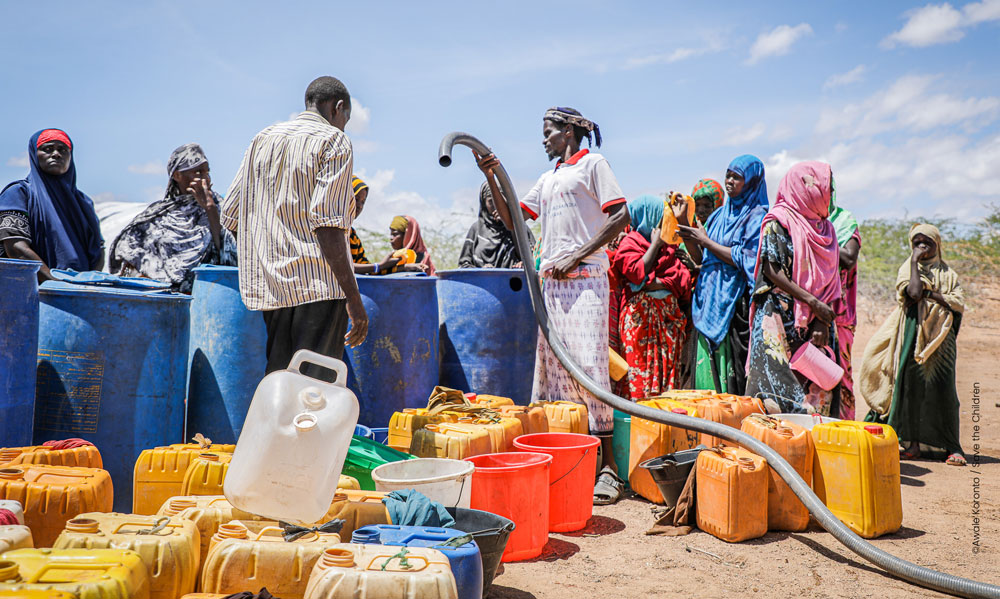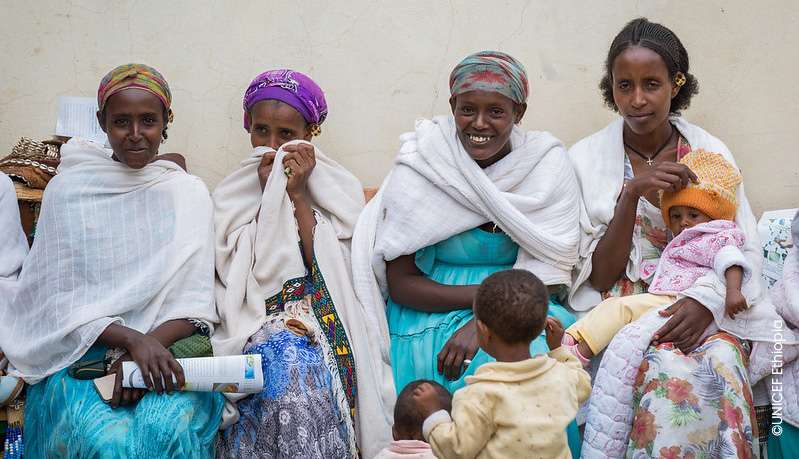In our eighth and final scheduled update to 3ie’s living food systems evidence and gap map (E&GM), we add 307 new impact evaluations and eight new systematic reviews, bringing the total number of studies in the map to 3,218. The newly-included studies evaluate some areas previously identified as gaps, including gender-transformative interventions and food loss outcomes. In this blog, we discuss the highlights and share insights on key areas where gaps remain.
Although this update is the last one under our current partnership with the Deutsche Gesellschaft für Internationale Zusammenarbeit (GIZ), we are working together to find an alternative source of support to continue updating the E&GM. Of the studies now in the map, 1,217 have been added across the eight updates carried out since the initial E&GM was completed in 2021. Our forthcoming report will draw together lessons from across all these updates.
Survey: We want to learn more about who uses the living E&GM and how it is being used. We would greatly appreciate any feedback here or on the survey link provided on our interactive E&GM platform.

Highlights and new additions:
- The eighth update shows an increase in studies focusing on cash transfers, nutrition classes and professional services related to nutrition compared to the initial E&GM.
- Twenty-two new studies address previously identified intervention and outcome gaps (Table 1 in the report).
- Three out of the eight new systematic reviews are high confidence. These are all synthesized studies on interventions within the food environment. Overall, during the update period, 17 high- and medium-confidence reviews have been identified.
- We find an increase in national and transnational programs evaluated compared to the original map: 27 percent in the current update compared with nine percent in the original map and 19 percent overall.
- We continue to see greater use of quasi-experimental methods, currently 40 percent of studies in the update and 35 percent overall in the E&GM.
In this update we added a total of 315 studies from the November 2023-January 2024 search. Although some new studies address a few of the evidence gaps identified in the original map, as also noted in our mid-term report, for the most part, these areas still stand as gaps in the literature. Multiple studies identified in this update also evaluate other interventions and outcomes considered as gaps. We have added:
- Four studies evaluating gender-transformative interventions (total 19)
- Eight studies evaluating gender-transformative outcomes (total 31)
- Two studies evaluating food loss outcomes (total six)
- Two studies measuring diet insufficiency (total 42)
- One study evaluating food subsidy interventions (total 30)
- One study evaluating improved farm-to-market transport intervention (total six)
- Three studies evaluating women’s empowerment interventions (total 50)
- Nineteen studies evaluating women’s empowerment outcomes (total 151)
The farm-to-market transport intervention took place in Mozambique, where the government has aimed to modernize and commercialize the agricultural sector by improving rural infrastructure such as the road network. The results showed that improving connectivity resulted in increased agricultural production, although there was some variation across regions (Iimi, 2022).
One of the studies on food loss focused on improving storage technology in India. The intervention made hermetic storage bags available for purchase to smallholder farmers. The results showed that grain loss was reduced by nearly 100%. This led to economic benefits for the farmers, although the study found no change in dietary diversity (Shukla, Pullabhotla and Baylis, 2023).
We also found several studies that provide cost evidence, use mixed methods, or evaluate interventions implemented at a national or trans-national level, all of which we have identified as areas for prioritization.
Over the past four years of our living Food Systems and Nutrition Evidence and Gap Map (E&GM), we have continuously monitored the available evidence on the effects of food systems interventions on food security and nutrition in low- and middle-income countries. This process has provided decision-makers and researchers with the most up-to-date evidence and ensured that the map remains current as the evidence base rapidly expanded. Earlier updates are available here: one, two, three, four, five, six and seven. (Or if you prefer, those updates are discussed in blog posts one, two, three, four, five, six and seven.)
Further information on additions to the Food Systems and Nutrition E&GM can be found here. If you are interested, you can find other publications related to the map here and the map itself here.










